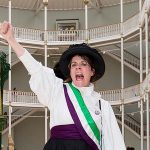I was recently asked by National Museums Scotland, Learning and Programmes team.
Nicola, can I interest you in playing a feisty, bicycle riding suffragette for the National Museum of Scotland?
Trying not to do cartwheels, punch the air and shout out “that’s the best job offer I have ever had,” I replied:
Yes, I think I could do that.
And so began the process of creating Annie Brown.
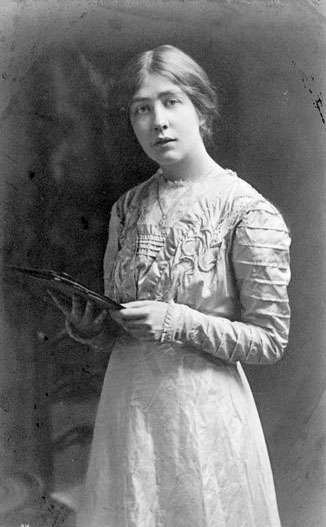
I have always had a passionate interest in the suffragettes. Sylvia Pankhurst is a hero of mine and I relished the opportunity, a few years ago, of playing a militant suffragette who just happened to chain herself to a pillar in Preston Lodge High School for International Women’s Day.
I knew it would be easier to construct a fictional character who ‘knew’ the key women in the movement – Flora Drummond, Lucy Burns and Ethel Moorhead – than to use a historical figure, as this would avoid the potential problems of looks, height, voice and being tied to a particular frame of reference.
The key to effective interpretation is to make the character believable, not a caricature. Annie had to have a backstory to give her an emotional depth. So, Annie would be a fish gutter, a champion of her trade despite her petite size. Her small stature would attract John, a handsome Scots fisherman; she would follow him across the border and they would set up home in Newhaven. Being so used to public selling and speaking would help Annie to become a highly successful Women’s Social and Political Union (WSPU) newspaper vendor.
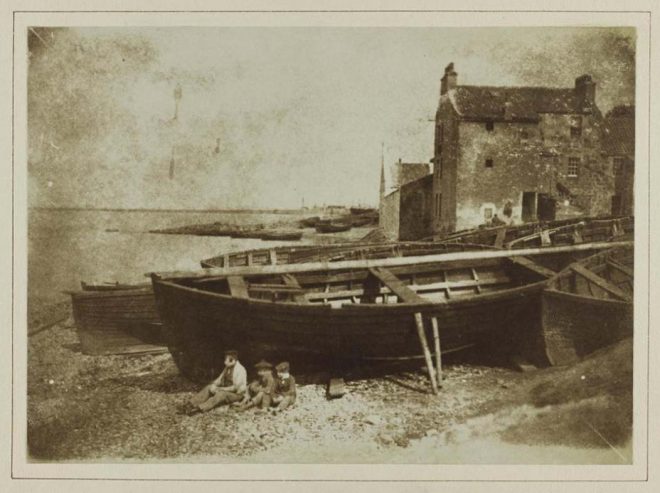
And so, slowly, the character developed: with her two children now grown up and her beloved husband suddenly dying, Annie would be beset by a loneliness that would lead her to the suffrage cause.
The brief was for Annie to be a cycling suffragette in the new Technology by Design gallery, a space full of innovation and perfect for Annie to highlight how, although the world was changing and moving faster, women still remained tied to the home. The history of the bicycle and the suffragette cause is fascinating. Women on bicycles had a freedom of movement which caused horror and panic in certain sections of the male establishment: they believed women would develop a disfigurement called ‘bicycle face’ if they cycled too fast or uterine displacement due to the saddle.
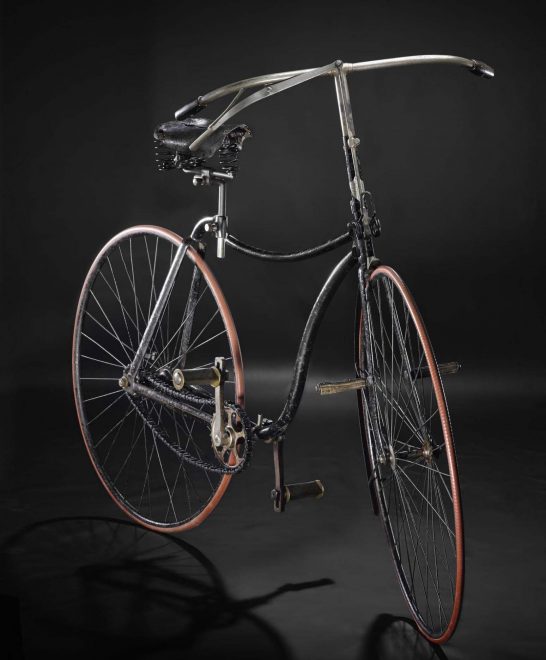
The suffragettes, always innovative, used the bicycle to further their cause. Flora Drummond organised the suffragette scouts who cycled into outlying areas, made speeches, sold newspapers and encouraged recruits. Annie would be such a scout, a member of the WSPU, proudly wearing her sash of purple, white and green.
Setting a timeframe is always vital in interpretation. Annie would be part of the militancy which escalated in Scotland as a result of Ethel Moorhead’s release from Calton Jail with double pneumonia after the food she’d been forcibly fed entered her lungs rather than her stomach. This would establish the date as early 1914, just before the outbreak of the catastrophic Great War.
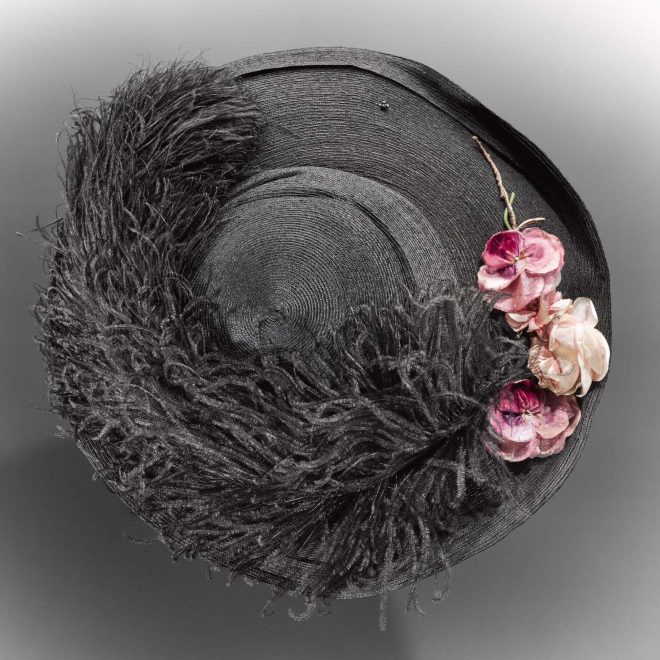
With a fully rounded character and a time frame, the next question was how to explain the history and context of the movement. The answer was to have Annie do what the suffragette scouts did: make a speech. Annie’s would give an outline of the struggle and emphasise why it was now a woman’s moral duty to be militant. I researched the oratory of Emmeline Pankhurst and came across the text of her ‘freedom or death’ speech. I can truly say it made the hairs on the back of my neck stand on end: the passion, the righteous anger, the burning sense of injustice. I would use her words. Annie had been radicalised and would naturally paraphrase the charismatic and authoritarian WSPU leader.
When I have delivered Annie’s speech it has been met with applause, cheers, heckles, silence and indifference. I am delighted with all these responses, as that would have been the experience of a suffragette.
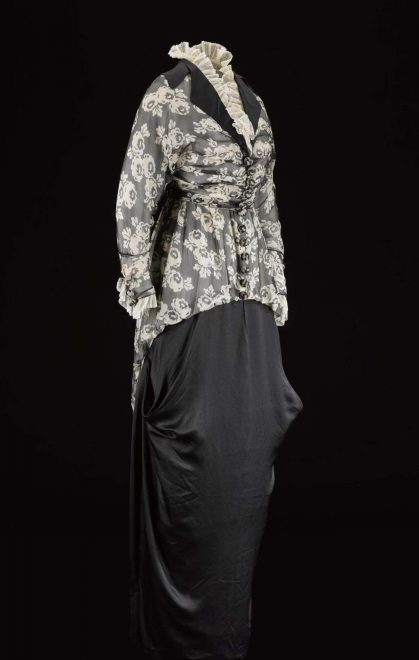
In interpretation the costume is fundamental. It has to be right – from the hat on your head to the shoes on your feet. I vividly recall an afternoon at my gym, when Annie suddenly appeared to me, dressed in an Edwardian blouse, purple cummerbund and long sensible black skirt, the sash proudly worn along with a black hat and lace up boots.
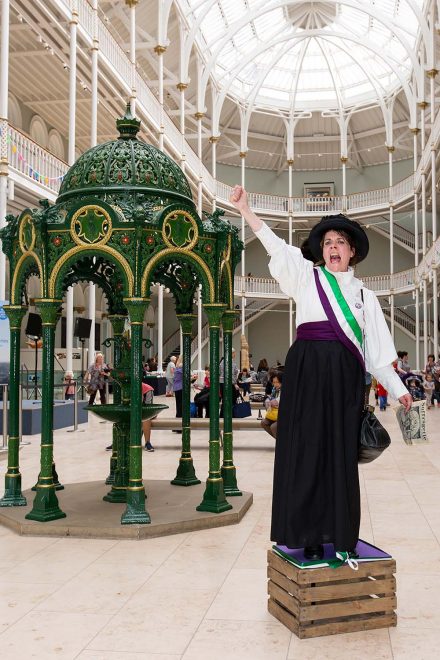
Putting the costume on for the first time is really exciting, as with each new item you start to embody the character more and more. This is why the shoes are so important: they define how your character walks, how she stands. Annie is small but strong, straight-backed and proud but also mischievous as she is actively recruiting scouts and planning a militant action.
Props are equally important but they need to aid the performance and not detract from it. Annie would have a soap box upon which she makes her speech, lovingly decorated in purple, green and white. She would be selling newspapers as members did. I was fortunate to be sent a copy of the suffragette edition in memory of Emily Davison. We made copies of the front cover and then copied various items from the paper on to the other side – advertisements, news of meetings, training. This provided a fascinating insight into a highly organised political movement and a wonderful spur to interaction with visitors.
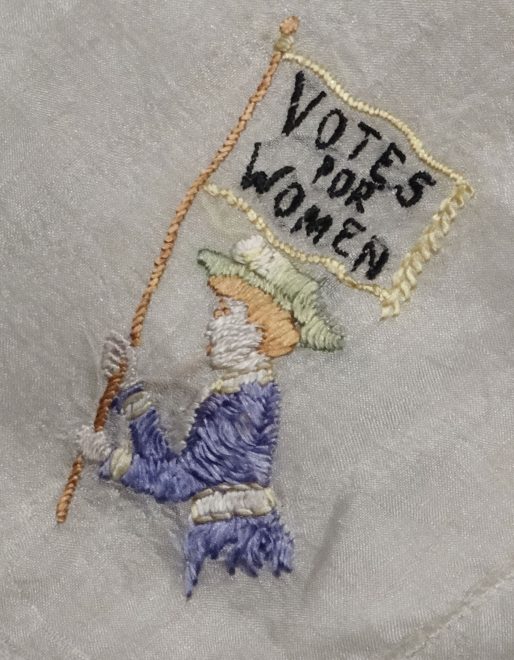
A handbag was essential. In this Annie would carry her toffee hammer and rock in brown paper, all ready for direct action. The rock I chose was very heavy: I could certainly have smashed a window with it but in the end the only result was that it broke the handles of Annie’s bag! The outfit was completed by the wearing of a Sylvia Pankhurst designed badge and a watch with ‘Votes for Women’ traced on the face.
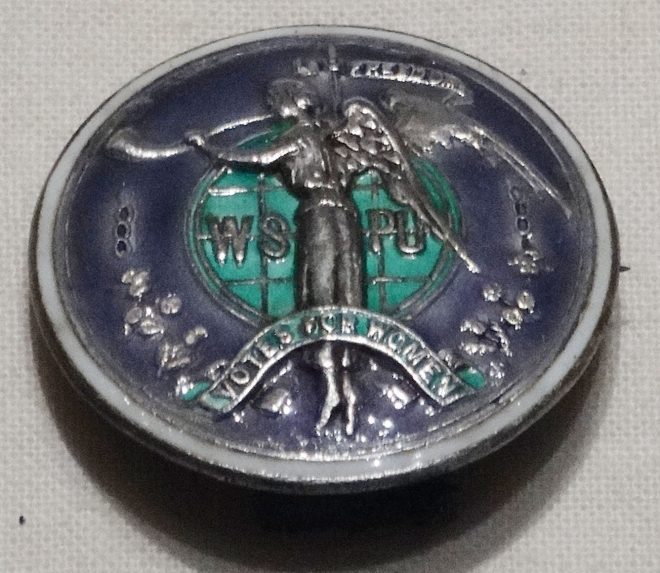
It has been a privilege to play Annie and talk about these courageous women who were heckled, beaten, abused and tortured but never gave up. To speak with young people about the vote, injustice and the need to make a stand has never seemed so relevant.
Nicola Wright
Storyteller and Historical Interpreter, Mercat Tours
Annie the Suffragette is one of three History Happenings gallery interpretation characters you can encounter at the National Museum of Scotland between 16-19 October, as part of our half-term offer. Nicola (as Annie) will be engaging with visitors on Monday 17 and Tuesday 18 between 11:00-13:00 and 14:00-16:00.
History Happenings is kindly supported by the players of the People’s Postcode Lottery.

